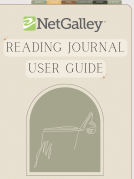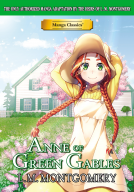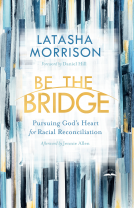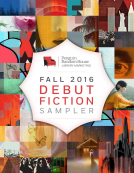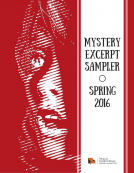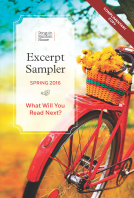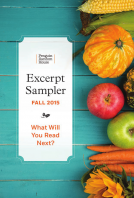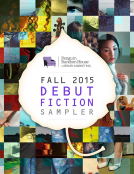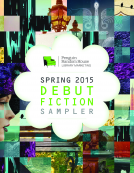
Baby Animals Eating
by Suzi Eszterhas
This title was previously available on NetGalley and is now archived.
Send NetGalley books directly to your Kindle or Kindle app
1
To read on a Kindle or Kindle app, please add kindle@netgalley.com as an approved email address to receive files in your Amazon account. Click here for step-by-step instructions.
2
Also find your Kindle email address within your Amazon account, and enter it here.
Pub Date Aug 15 2018 | Archive Date Dec 05 2018
Owlkids Books | Owlkids
Talking about this book? Use #BabyAnimalsEating #NetGalley. More hashtag tips!
Description
The third book in the Baby Animals series, Baby Animals Eating showcases more than 10 species from around the world eating different things. Stunning, intimate, full-color photographs by Suzi Eszterhas are each paired with a short sentence highlighting information about the animal. Designed both to be read aloud and for young children to explore independently, this book will encourage readers to make connections between themselves and the animals. Back matter gives further information about Suzi Eszterhas and some behind-the-scenes detail.
Available Editions
| EDITION | Other Format |
| ISBN | 9781771473170 |
| PRICE | $14.95 (USD) |
| PAGES | 24 |
Average rating from 21 members
Readers who liked this book also liked:
We Are Bookish
General Fiction (Adult), Mystery & Thrillers
L.M Montgomery
Children's Fiction, Comics, Graphic Novels, Manga, Teens & YA
